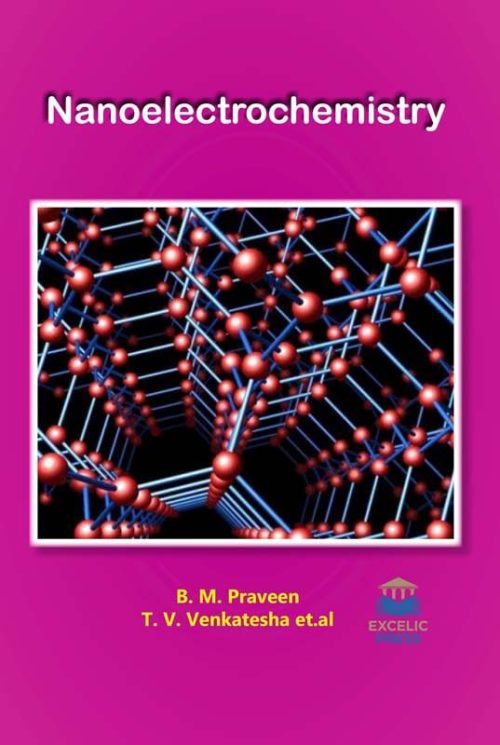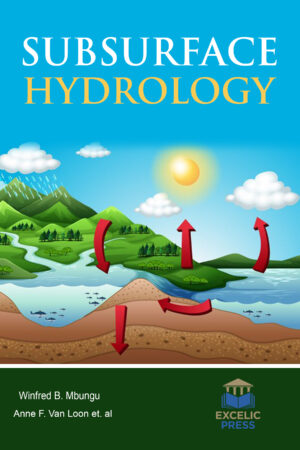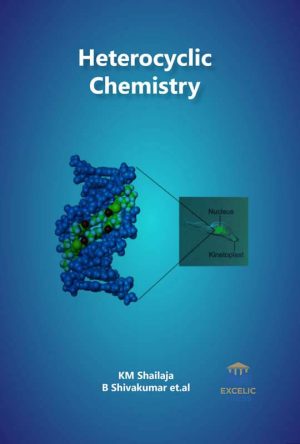Description
Significant progress has been made in various aspects of synthesis on nanoscale materials. The focus is now shifting from synthesis to manufacture of useful structures and coatings having greater wear and corrosion resistance. Because of the large availability of nanoparticles, nowadays they are generally used in composite coating for achieving good mechanical and corrosion resistance properties. The vision and future of nano-electrochemistry and application areas of nano-electrochemistry are varied, wide-ranging, and multipurpose. Nanoscale electrochemical materials, such as metal/semiconductor nanoparticles, have unique chemical and physical properties, and nanoscale electrochemical methods can be used to prepare advanced electrocatalytic materials. Additionally, the application of nanoscale electrode investigations has enabled electrochemical imaging with nanoscale spatial resolution, yielding unique information for a better understanding of heterogeneous electrode/solution interfaces.
This book is intended to highlight and review the advances in the domain of nano-electrochemistry and nanotechnology as a wide-ranging area. Nanotechnology will help a million homes in years to come and will be a great boon to mankind. The book revealed higher resistance of the composite coating to corrosion. Microhardness of the composite coating was determined. Scanning electron microscope images and X-ray diffraction patterns of coating revealed its fine-grain nature. The average crystalline size of the composite coating was calculated. The anticorrosion mechanism of the composite coating was also discussed. This book presents an overview of research efforts focused on both the fabrication and properties of nanocomposites prepared by electrodeposition. The nanoparticles can improve the base material in terms of wear resistance, damping properties, and mechanical strength as well as electrical properties. Different kinds of matrix, such as metals, polymers, and ceramic matrix, have been employed for the production of composites reinforced by nano-ceramic particles such as carbides, nitrides, and oxides as well as carbon nanotubes. Theoretical aspects and mechanisms related to the electrodeposition process of nanocomposite films, from aqueous solutions, are discussed.
Focusing on the importance of nanotechnology and nano-electrochemistry in the future advancement of science, engineering, and technology, the book should aid researchers in positioning new approaches in relation to the state-of-the-art. It may also be of interest to practitioners and educators seeking an overview of developments in this area.





